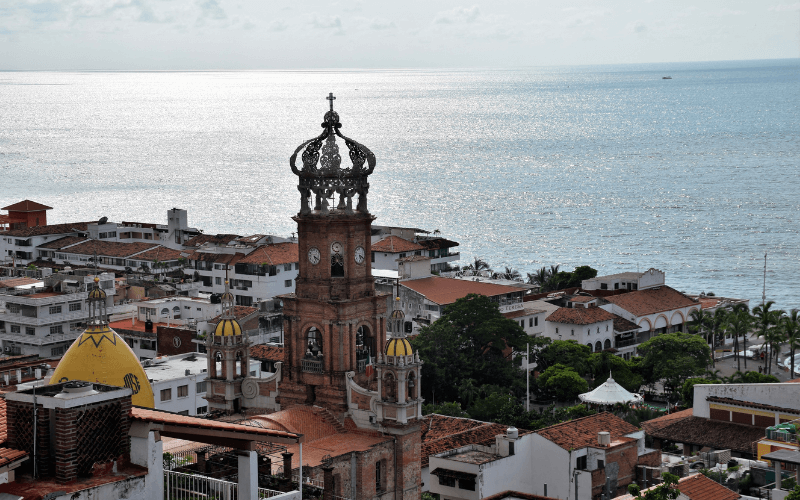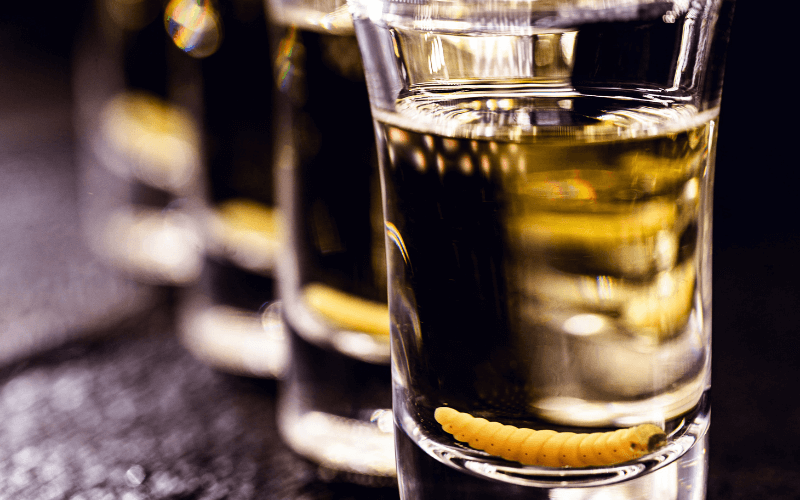
14 Interesting Tequila Facts That You Probably Never Heard Before


There's no doubt that tequila is one of the most popular liquors in the world. But what you may not know is that there's more to this Mexican drink than meets the eye.
If you're a tequila lover, then you'll definitely want to check out these 14 interesting facts that you probably never heard before. From the history of tequila to how tequila can power certain types of vehicles, there's something for everyone in this list.
So whether you're looking to learn more about your favorite liquor, or just want to impress your friends with some fun facts, read on!
The word tequila comes from an ancient Nahuatl word, "Tequillan," which means "place of tribute," or possibly "place of work."

There are strictly five regions in Mexico where tequila can be made: Guanajuato, Michoacán, Nayarit, Tamaulipas, and Jalisco. The majority of the country's tequila production is concentrated in the state of Jalisco, which is the country's top tequila producer by a wide margin.
To be considered tequila, a drink must be at least 51% made from blue agave, with the rest coming from another neutral spirit. Numerous brands nowadays stepped up their game and are now using 100% blue agave. On the other hand, tequilas produced with a lesser percentage of agave are usually cheaper.

Agave tequilana weber, or simply blue agave plant, takes 8 to 12 years to mature and can grow to as tall as 7 feet before it is ready for harvest.
The agave plant's piñas, or hearts, are extracted, roasted, crushed, and fermented to make tequila. Unlike fruit-based drinks like wine, which can be harvested and regrown from the same plant, agave plants must be grown from scratch after harvesting.

Real tequila is distinguished by its age and distillation process. It is divided into three categories: Blanco, Reposado, and Añejo. Blanco or silver tequilas are the base form of all tequilas. It is undiluted and unaged for the most part. Reposado tequilas are rested in oak barrels for two months up to a year, while Añejos are aged for 1 to 3 years.
Pulque, the ancestor of tequila, was consumed in Teotihuacan, a civilization that predates the Aztecs, as early as 150 B.C. Researchers believe it was a significant element of the diet. Now that's shocking!

For those who don't know, mezcal is a distilled spirit made from the agave plant that originates in Mexico. Tequila is made explicitly from blue agave, while mezcal can be made using any variety of the agave plant.

It might sound ridiculous, but Mexican physicists have figured out how to turn tequila into synthetic diamonds. However, as the produced diamonds have a tiny size, they can't be used to make jewelry. That's unfortunate but still pretty fascinating!

The most pricey tequila bottle ever sold was the Platinum & White Gold Tequila bottle, recorded in the Guinness Book of World Records. The bottle, made by Tequila Ley .925, was sold for $225,000. Even today, you can afford a house to live in with that amount!
During the 1918 Spanish flu outbreak, victims were advised to drink tequila with lime and salt to alleviate their symptoms. Tequila is no longer considered a cure, but it may still help soothe sore throats, relieve congestion, and aid in sleep.

Innovative people who love tequila have figured out how to incorporate this spirit into food recipes properly. Tequila can be used as a marinade, glaze, or syrup. You can use tequila for foods like queso fundido, pork tenderloin, shrimp, chicken thighs, baby back ribs, or even a sorbet! Our favorite cuisine with a hint of tequila in it? Fantastic!

You may use any type of fuel to power Chrysler's turbine engine, created in 1964. An 80-proof tequila is known to power the new turbine-powered Chrysler.
These cars are super expensive, though, and today they can cost around $400,000. One of the three in existence is owned by Jay Leno, an American host.
The machete used to cut Agave leaves is known as a "coa." The men who use it are known as "jimadors." To be a jimador, you must have particular abilities, such as the ability to recognize ripe agave, which takes between 8 and 12 years to develop.
We hope you learned something new from this blog post on tequila. Have any of these facts surprised you? And make sure to drink responsibly - we wouldn't want anyone getting sick from enjoying a little too much tequila. Salud!

